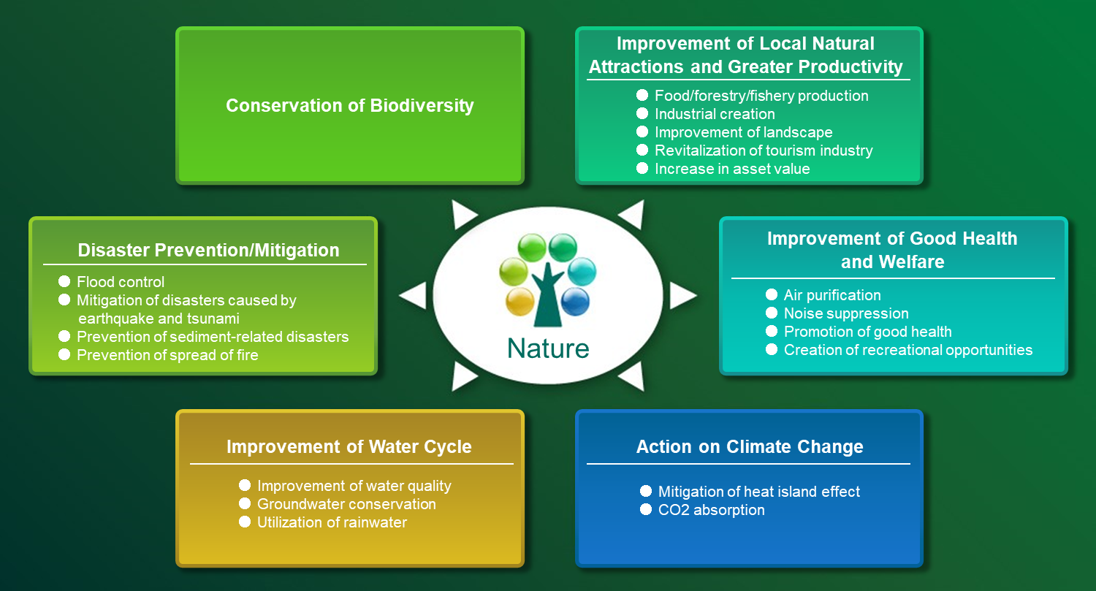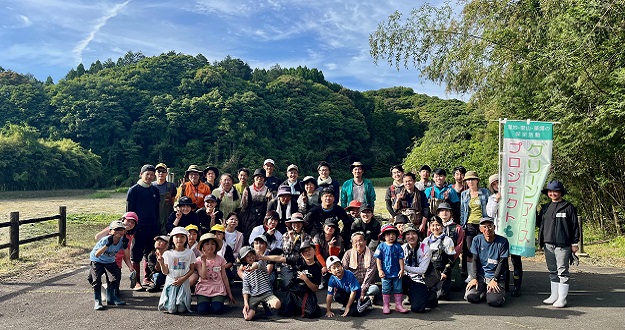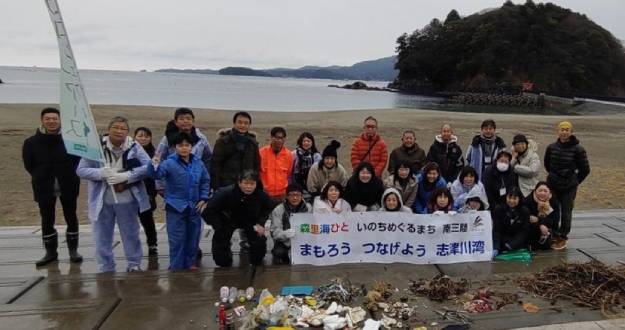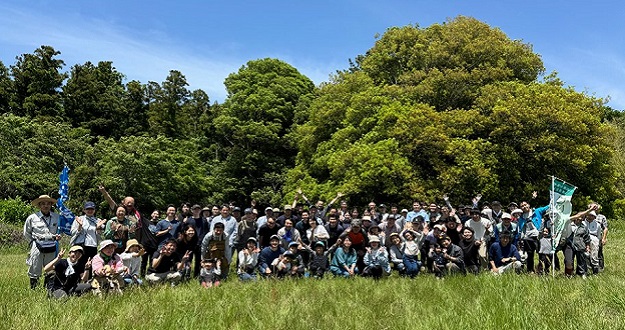MS&AD aims to establish
“Symbiosis with the Global Environment (Planetary Health)”
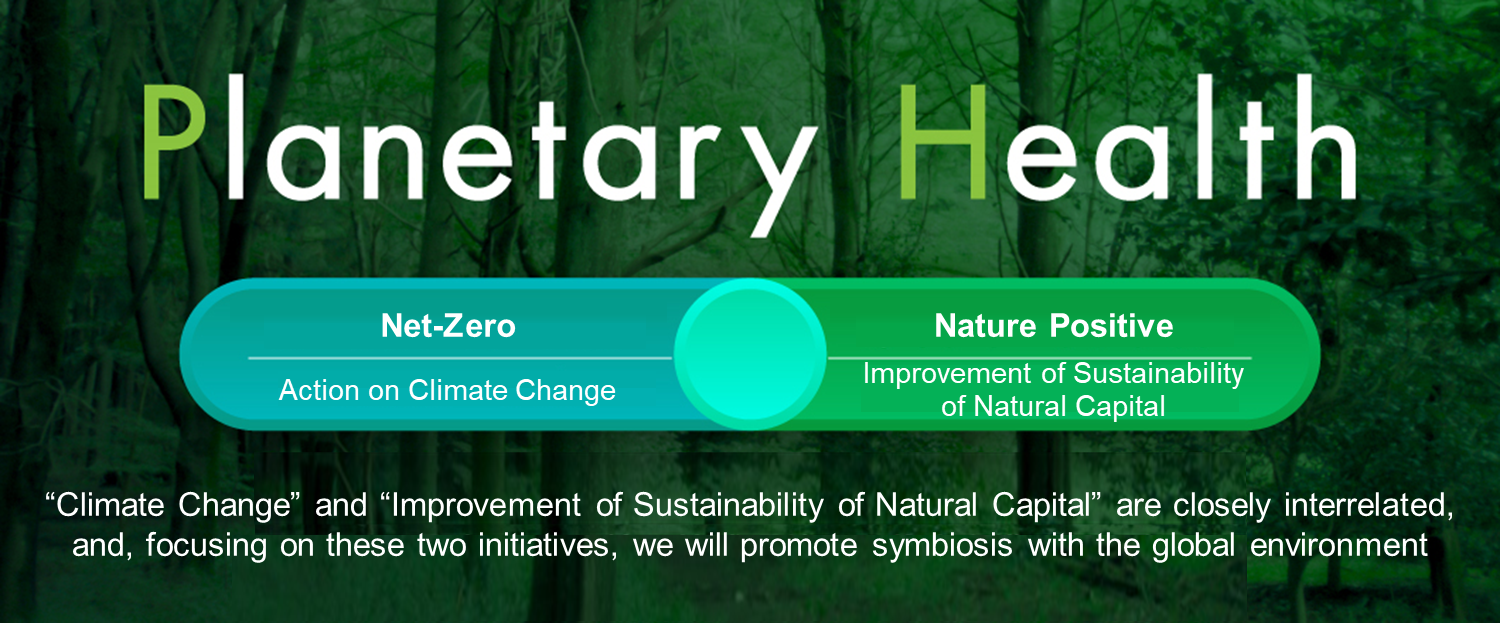
Focusing on symbiosis with the global environment (Planetary Health) as a priority issue in the Medium-term Management Plan (FY2022-2025), the MS&AD Insurance Group has been working to address climate change and improve the sustainability of natural capital, including biodiversity.
A healthy ecosystem with conserved biodiversity is the basis of a stable climate. Loss of rich forests and oceans not only reduces the amount of greenhouse gases absorption, but also causes even greater damage due to extreme weather events such as heat waves and droughts.
These factors are interrelated, and the Group will work on conservation and restoration of natural capital and biodiversity as well as action on climate change.

“MS&AD Green Earth Project” was launched in 2022 with themes of conservation/restoration of nature, reduction of environmental burdens, disaster prevention and mitigation, and regional revitalization. Our aim is the realization of “a resilient and sustainable society” in accordance with the following four themes, including making donations through Eco-insurance policies, Web clauses and utilizing video brochures (paperless initiatives).
|
(1) Disaster prevention and mitigation, and regional revitalization, through conservation/restoration of nature |
|
|---|
|
(2) Reduction of environmental burden by going paperless |
|
|---|
|
(3) Reduction of environmental burden through reduced consumption of electricity and gasoline |
|
|---|
|
(4) Sustainable use of resources through reducing waste |
|
|---|
At COP26, held in the UK in November 2021, the goal of eliminating deforestation by 2030 was proposed and agreed upon by the governments of more than 100 countries, including Japan. As a way forward, the concept of "Nature-Based Solutions" to mitigate climate change by utilizing ecosystems was presented. The Group has been one of the first to work on “Nature-Based Solutions,'' which utilize ecosystems to resolve issues such as climate change mitigation and adaptation, referring to it as “Green Resilience.”
"Green Resilience" involves harnessing the bounty of nature, preserving biodiversity, alleviating the impact of natural disasters, and revitalizing local communities through a positive cycle powered by the appeal of nature.
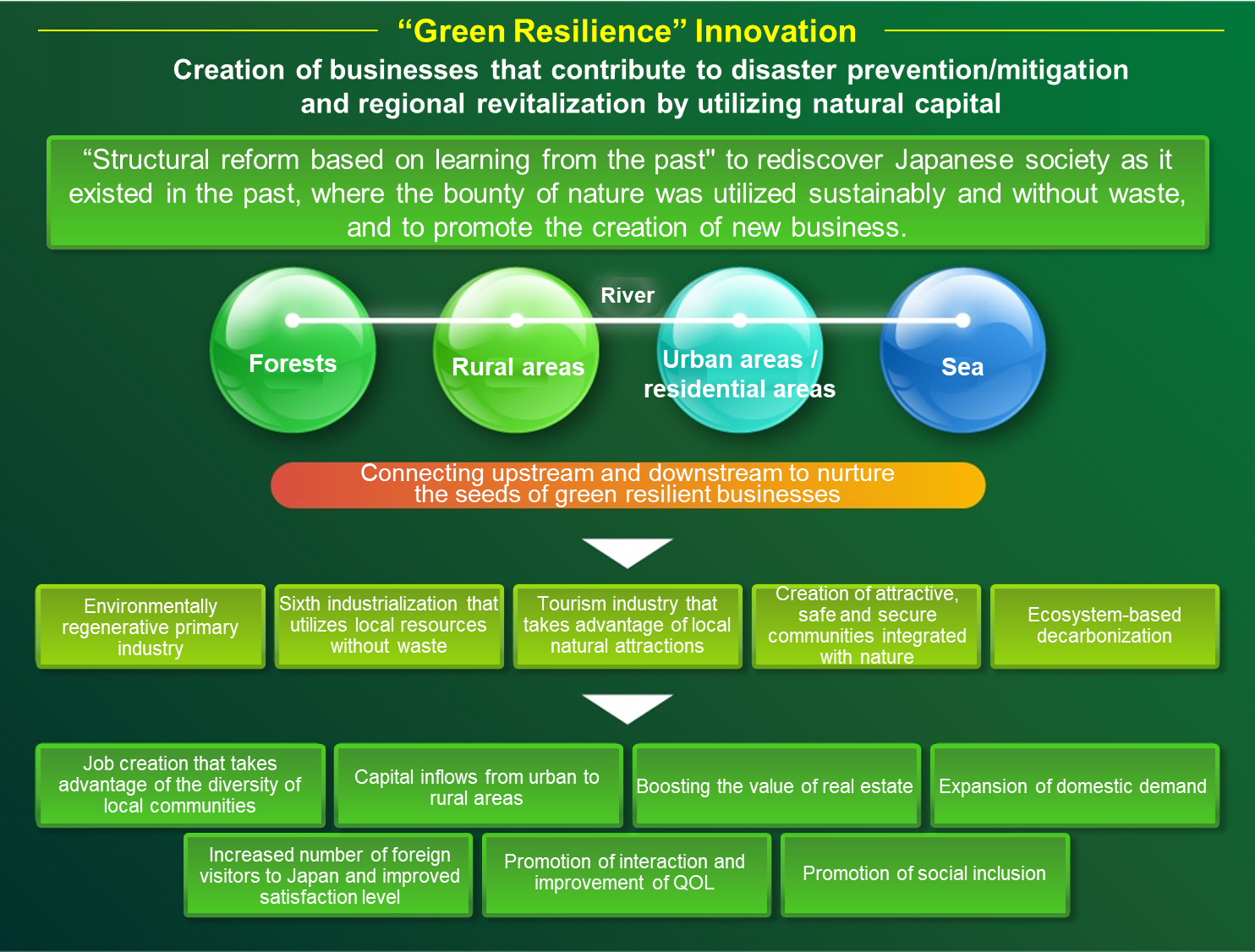
"Green Resilience"
In Japan, damage from heavy rainfall is occurring repeatedly, and there is a growing focus on measures that go beyond river embankments and dams alone. These include “River Basin Disaster Resilience and Sustainability by All” to prevent water disasters across the entire basin and the development of social infrastructure utilizing nature, known as "green infrastructure.” This is an effective use of nature not only for disaster prevention and mitigation, but also for the recovery of primary industries and tourism.
Aiming to create a resilient and sustainable society that takes advantage of the multifaceted functions of nature, in FY2022, the Group began environmental conservation activities in the Kuma River in Kumamoto Prefecture and Minamisanriku nature conservation and restoration areas. In FY2023, projects in the Kanto region also commenced.
Healthy nature with a high level of biodiversity brings benefits to our lives, such as mitigation of the hazards caused by weather disasters, carbon absorption, and abundant production and beautiful landscapes. On the other hand, excessive development and neglect of management have led to the deterioration of nature in many parts of Japan, and damage to natural capital has become a major social issue worldwide.
In collaboration with local community groups, the group addresses local issues by engaging in activities designed to conserve/restore the environment through the volunteer efforts of employees and their families and through online lectures/workshops.
